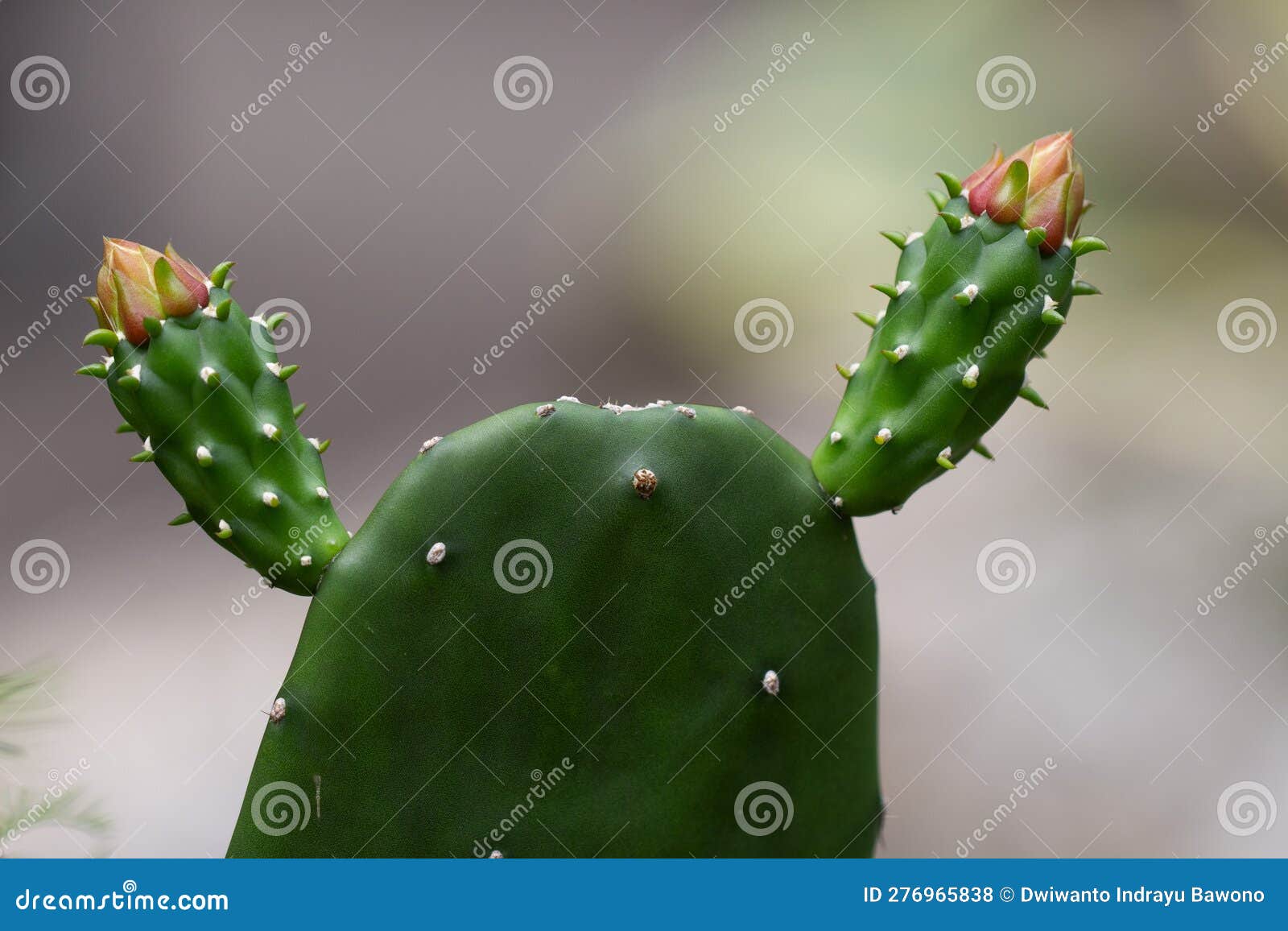Cacti are some of the most remarkable botanical specimens, revered for their unique adaptations to arid environments, striking aesthetics, and an astonishing array of survival mechanisms. Among the plethora of cactus species, there exists a particularly intriguing category—the needle-shooting cacti. These extraordinary plants possess a fascinating ability that not only serves a defensive purpose but also captivates the imagination of botany enthusiasts and casual observers alike. In this article, we delve into the curious world of needle-shooting cacti, examining their mechanisms, evolutionary significance, and the artistry they bring to the desert landscape.
The Mechanism of Needle Projection: Nature’s Ingenious Defense System
At the heart of the needle-shooting cactus’s allure lies its remarkable mechanism of needle projection. While traditional cacti equip themselves with spines primarily aimed at deterring herbivores, certain species take this adaptation a step further. The functionality of these needles is not merely passive; these cacti can actively launch their spines when agitated.
A prime example of this thrilling adaptation can be found in the genus Opuntia, commonly known as the prickly pear cactus. Certain species within this group possess interspersed glochids—tiny, barbed spines that can detach readily from the plant. When disturbed, the prickly pear can eject these glochids with surprising precision, creating an offense that repels potential threats. The mechanics at work involve tiny, muscle-like fibers that enable the rapid release of these spines, akin to a whip or the pluck of a string instrument.
This fascinating method of defense is highly effective. By launching needles, the cactus diminishes the chances of being consumed, ensuring its survival in harsh environments. Additionally, the striking, iridescent appearance of these glochids enhances the aesthetic appeal of the cactus, attracting both admiration and caution from onlookers.
Evolutionary Significance: An Adaptive Marvel in the Desert Ecosystem
The evolutionary journey of needle-shooting cacti is a compelling narrative that highlights the relentless force of natural selection. The thriving environment of deserts, characterized by extreme temperatures and sparse water resources, poses immense challenges for survival. Within this context, the development of needle projection has conferred substantial advantages to these cacti.
By adopting a strategy that not only discourages herbivory but also reduces competition for limited resources, needle-shooting cacti exemplify the delicate balancing act within desert ecosystems. Their ability to actively defend themselves diminishes predation, facilitating growth and reproduction. This evolutionary adaptation has not only helped individual plants but has also fostered a complex interplay between various species in the ecosystem.
Moreover, these cacti play a pivotal role in supporting diverse wildlife. Birds, small mammals, and various insects often utilize needle-shooting cacti as nesting sites or sources of moisture. As such, these remarkable plants not only demonstrate an exceptional survival strategy but also contribute to the intricate tapestry of life that thrives in arid climates.
Aesthetic Wonders: A Visual Feast Among the Sands
The visual appeal of needle-shooting cacti cannot be overstated. Beyond their defensive capabilities, these plants captivate audiences worldwide with their stunning forms and vibrant colors. The juxtaposition of formidable spines against delicate blooms creates an enthralling spectacle, drawing photographers, artists, and enthusiasts to their beguiling presence.
The Opuntia cochenillifera, for instance, is a notable species that is often adorned with bright, flamboyant flowers. The juxtaposition of its luscious colors against the backdrop of its spiky exterior epitomizes the paradox of beauty and danger inherent in nature. These characteristics allow these cacti to stand out in a seemingly monotonous environment, making them a coveted addition to gardens and landscapes around the globe.
In recent years, the popularity of needle-shooting cacti has surged in horticultural circles, with enthusiasts seeking to cultivate these extraordinary specimens for their decorative qualities. As ornamental plants, needle-shooting cacti lend an eye-catching dimension to xeriscaping and drought-tolerant gardens. Their unique features serve as conversation starters, inviting appreciation for the complex beauty found in arid flora.
Culinary Uses and Cultural Significance: Beyond Aesthetics
The utility of needle-shooting cacti extends well beyond their aesthetic appeal. Various species are not only resilient but also edible. The pads and fruits of Opuntia species have long been integrated into culinary traditions across the globe. Dishes that feature prickly pear nopales, known for their mildly tangy flavors, are celebrated in Mexican cuisine.
Beyond culinary applications, these cacti hold cultural significance in numerous communities. Their integral role in traditional practices, medicine, and rituals highlights the importance of preserving these species for future generations. The conservation of needle-shooting cacti is more than an environmental concern; it intertwines with cultural heritage and the safeguarding of ancestral knowledge.
As we contemplate the needle-shooting cacti, we gain more than an appreciation for their idiosyncratic survival strategies and exquisite visual splendor. We uncover a profound connection to the natural world and recognize the ethereal beauty and resilience embedded within the desert landscape. The enigmatic ability to shoot needles may seem like a simple act of defense, but upon closer inspection, it reveals a rich narrative that embodies the intricate relationships between organisms and their environment.





Leave a Comment